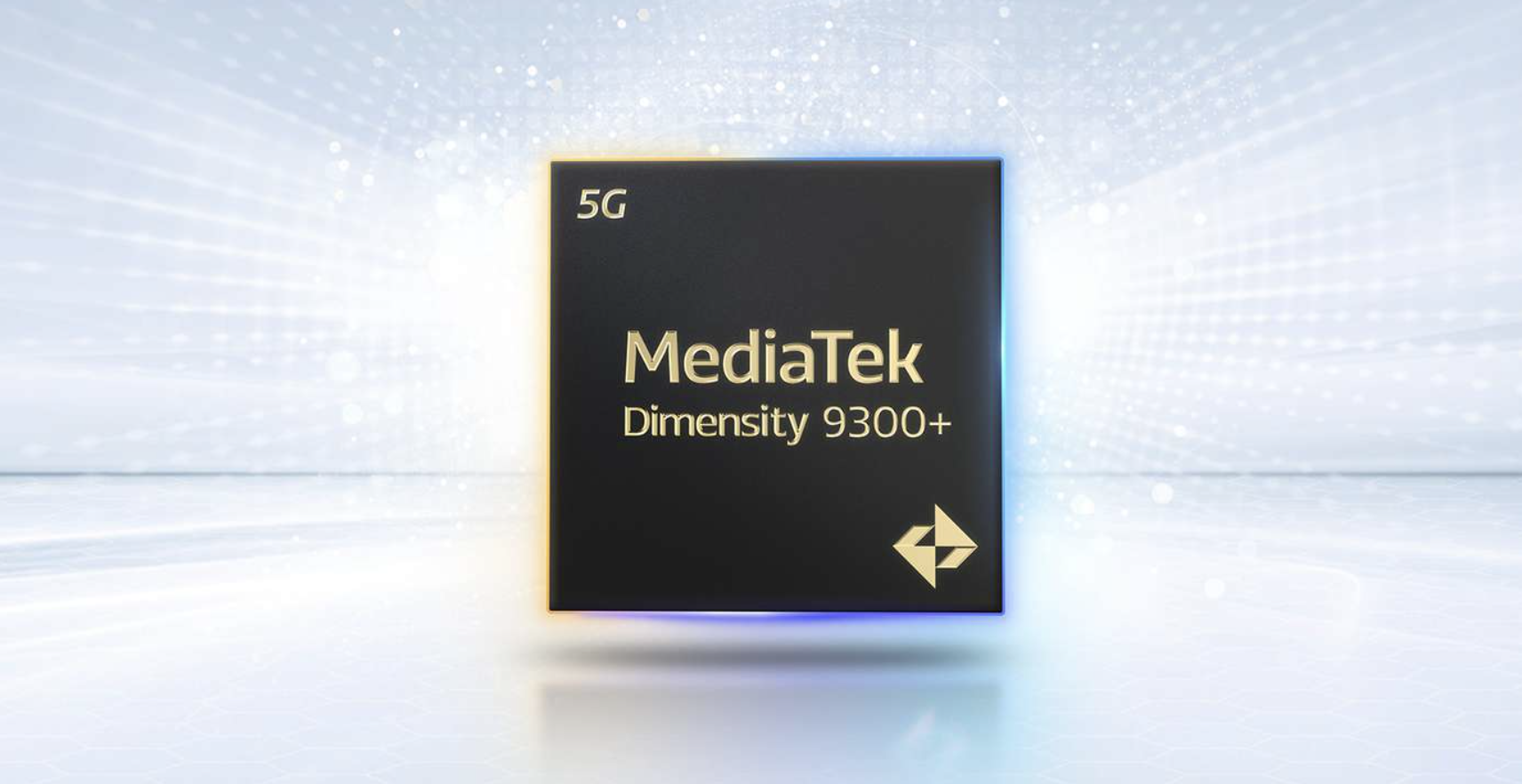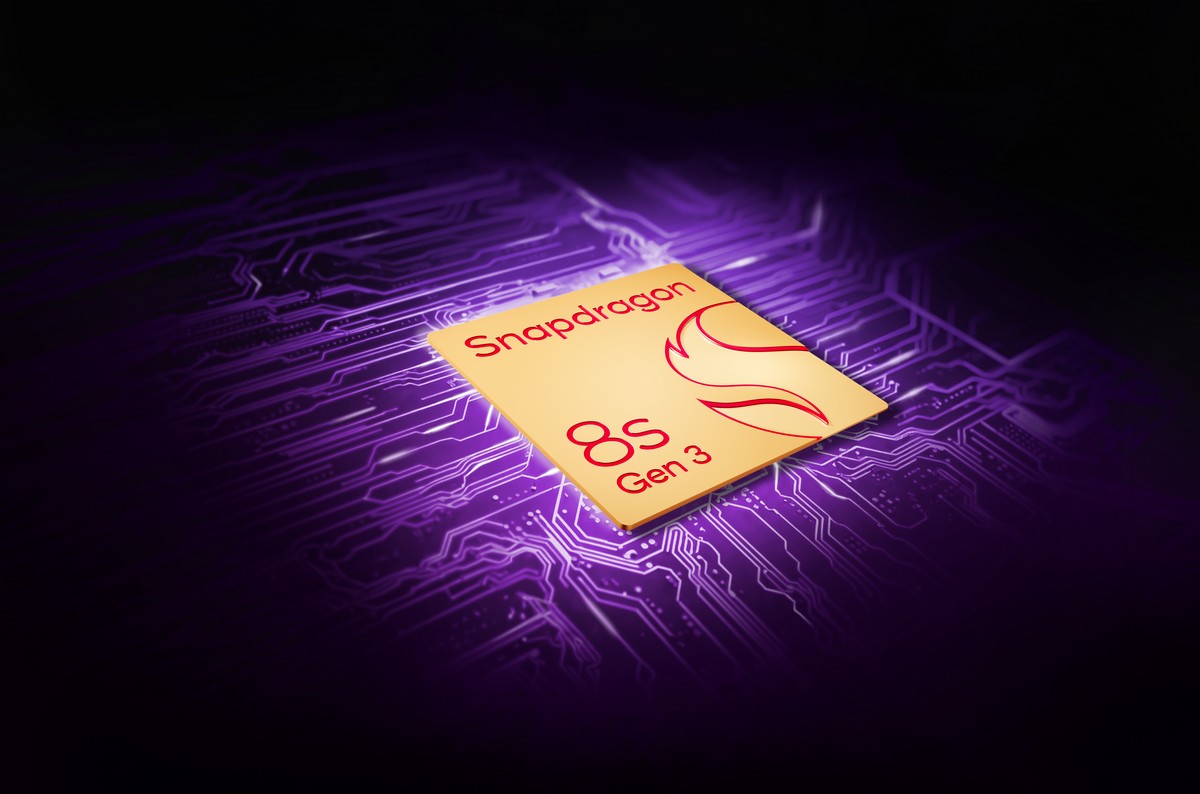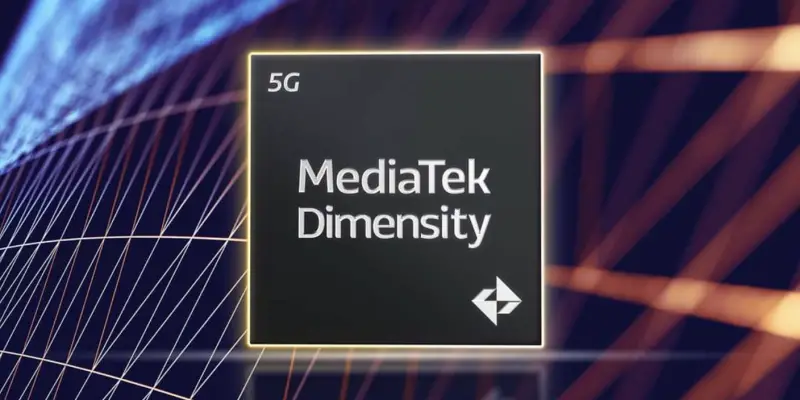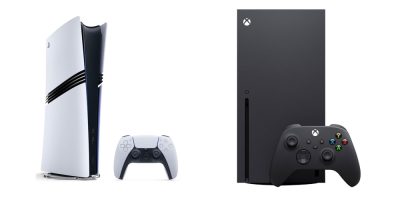MediaTek’s recent push towards stepping up its Dimensity chip offerings has resulted in some brilliant results, elevating the brand beyond the confines of its somewhat lackluster efforts from years back. This can be seen with the launch of the Dimensity 9300+ earlier this month, which adds some refinements to the already flagship-grade Dimensity 9300.
On the other hand, Qualcomm’s Snapdragon 8s Gen 3 takes a slightly different approach from the company’s usual powerhouse processors, as it aims to give people “flagship-grade” performance at more wallet-friendly prices. This change of pace for both brands is rather interesting to see, given how past products from each usually differed in terms of capabilities and target audiences.
Dimensity 9300+

In the case of the MediaTek chip, there are some improvements over the “standard” 9300 model. A 4nm chip, the 9300+ features an “All-Big-Core” design with one Arm Cortex-X4 core operating at up to 3.4 GHz, plus three Cortex-X4 cores and four Cortex-A720 cores. There’s an APU 790 engine inside is capable of on-device AI processing, integrated LoRA Fusion support, compatibility for WQHD displays at 180Hz or 4K at 120Hz, and a 12-core GPU that supports gameplay up to 90FPS with HDR visuals, 20% better power efficiency, and hardware-accelerated ray tracing.
For camera support, MediaTek has equipped the new SoC with its Imagiq 990 technology which comes with 18-bit RAW ISP, AI-videography and zero latency video preview.
Snapdragon 8s Gen 3

Another 4nm chipset, the 8s Gen 3 packs a single Prime core clocked up to 3GHz, alongside four Performance cores clocked at speeds of up to 2.8GHz, and three Efficiency cores with speeds of up to 2GHz. Qualcomm has opted to use the same Adreno 750 GPU as on the “regular” 8 Gen 3. The chip also comes with support for LLMs such as Baichuan-7B, Llama 2, and Gemini Nano, which will supposedly support on-device generative AI for activities like photography and gaming.
For imaging, it also supports camera sensors of up to 200MP, support for Snapdragon Low Light Vision, real-time hardware-accelerated ray tracing, and displays of up to QHD+ resolution with 144Hz refresh rates.
So What’s the Deal?

As we mentioned earlier, these launches from both brands take different approaches, and as a result there are some scenarios where the 9300+ is the better performer – these key differences include an 77% performance advantage in floating-point computations, higher GPU frequency, 20% higher memory bandwidth, as well as around 13% higher CPU clock speed. It also has higher scores for both single and multi-core, as seen above.
Disregarding these in-depth differences in benchmarks though, it’s clear that both the MediaTek Dimensity 9300+ and Snapdragon 8s Gen 3 are powerful contenders in the upper-midrange smartphone market, but they cater to slightly different priorities. For buyers after a phone which can do a bit more on the gaming side, or folks looking to try out GenAI features, the Dimensity 9300+ does offer a slight edge for those scenarios.
On the other hand, that also means that you’ll have to shell out a bit more for a handset with the 9300+ onboard. This is where the 8s Gen 3 comes in – sure, it’s a bit underpowered versus the 9300+ and the regular 8 Gen 3, but one of its key strengths is that it’s a more affordable option for users who still value capable performance. No more compromising price for power, and the somewhat “lower” benchmark scores don’t necessarily translate to worse real-world performance.
A Major Shift?
So does this mean that Qualcomm is stepping aside for MediaTek in the premium SoC segment? While it’s clear that the Dimensity range has its sights locked on the big dog, there’s very little chance that Qualcomm will be going down without a fight – we’ve already heard some fairly impressive stuff about Qualcomm’s next big chip launch, and as the company looks to capitalize on the trajectory set forth by the 8 Gen 2 and 3, MediaTek has its work cut out for it.
READ: The Snapdragon 8 Gen 4 could be a gamer’s dream come true
In any case though, competition like this only serves to drive innovation further, and in the end results in better, more varied choices for consumers as a whole.











Comments